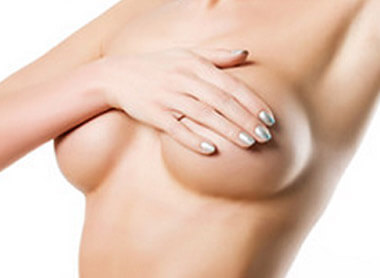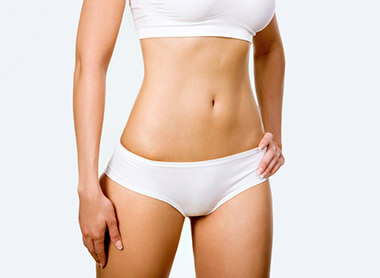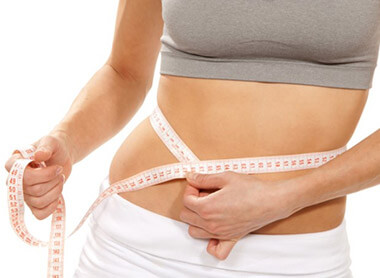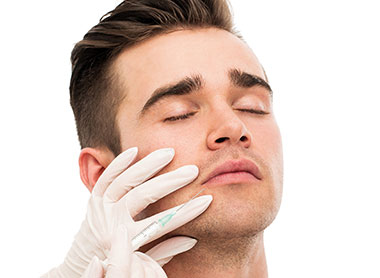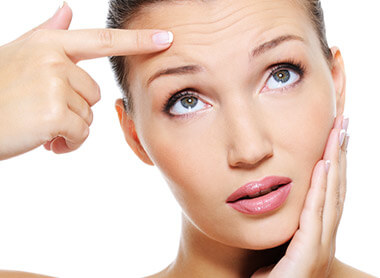There are many people who come to this part of the world to enjoy Poland’s Zakopane, Katowice, & Krakow, and Prague in Czech Rep., who made the trip to us, to make enquiries! Ostrava itself is a great little city, with a proud tradition of hardworking people, nestled in the west Silesia region. Many German, British, Danish and other European nationalities enjoy visiting this area, and find it a pleasure to travel on the Ostrava trams! With airlines such as Germanwings, Wizzair, Ryanair, easyJet and others, it is possible and more than convenient to travel here to enjoy the scenery, the local delicious local cuisine…and 500mls mug of delicious local Ostravar beer! Ostrava itself is undergoing a regeneration, and there are several top class new shopping malls you can visit, if so inclined. Also, go onto ‘trivago.com’, and get really great deals on hotels in every price range!
- Body - introduction
- Abdominoplastics
- Liposuction
- Repair of cosmetic surgery
- Labiaplasty
- Mesotherapy
- Gallery

Liposuction
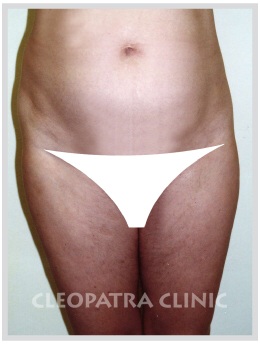
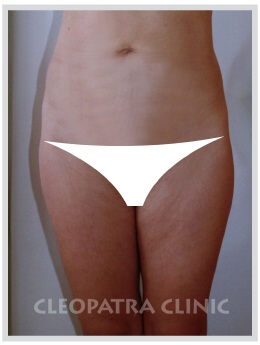
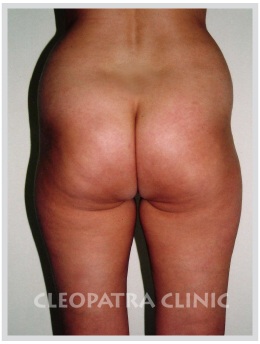
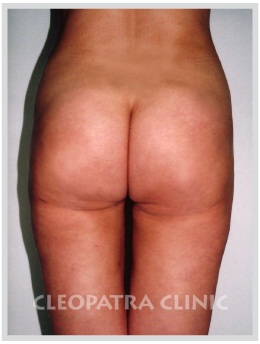
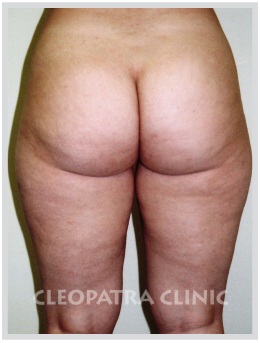
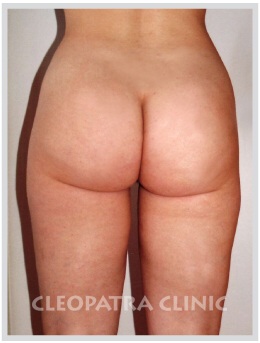
Gallery
Liposuction - hips - waist and kidneys, thighs - external and internal, knees - inside
before the procedure
after the procedure
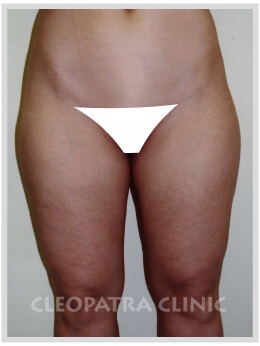
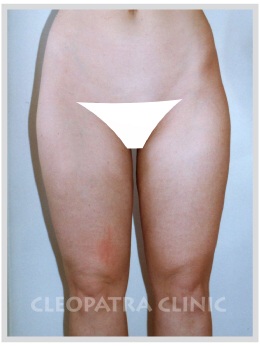
liposuction of the hips, outer, inner thighs and knees
3 months after the procedure
before the procedure
after the procedure
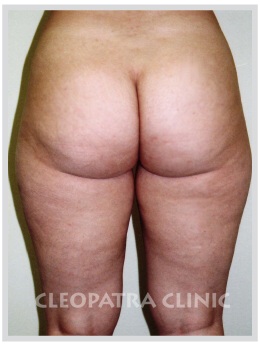
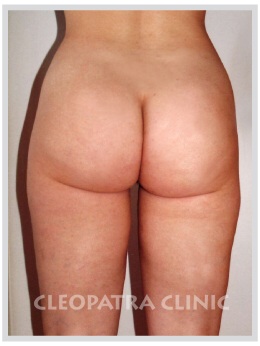
liposuction of the hips, outer, inner thighs and knees
3 months after the procedure
Liposuction - hips - waist and kidneys, thighs - outer and inner, abdomen
before the procedure
after the procedure
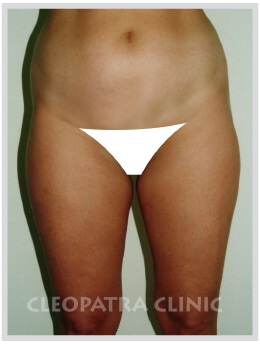
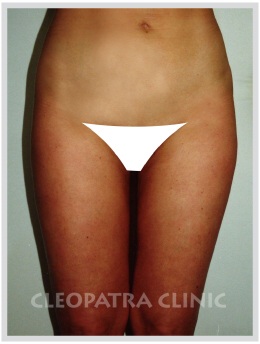
liposuction of hips, external, inner thighs and abdomen
3 months after the procedure
before the procedure
after the procedure


liposuction of hips, external, inner thighs and abdomen
3 months after the procedure
Liposuction - hips - in the waist and kidneys, thigh - outer and inner
before the procedure
after the procedure
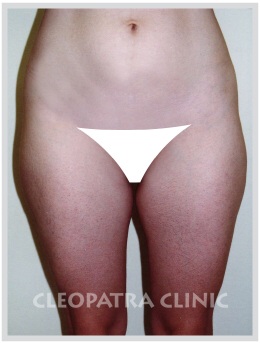
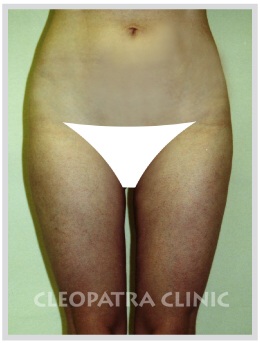
liposuction of hips, external, inner thighs
3 months after the procedure
Liposuction - belly
before the procedure
after the procedure


liposuction of the abdomen free - without surgical removal of the skin
3 months after the procedure
before the procedure
after the procedure
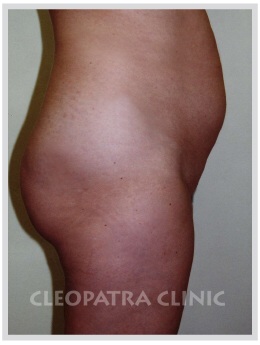
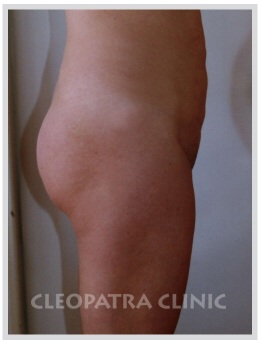
liposuction of the abdomen free - without surgical removal of the skin
3 months after the procedure
Liposuction - belly, thighs - outer
before the procedure
after the procedure
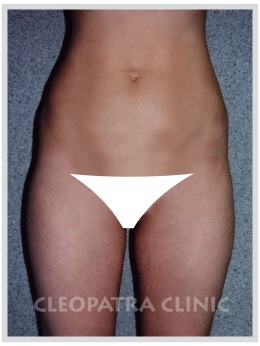
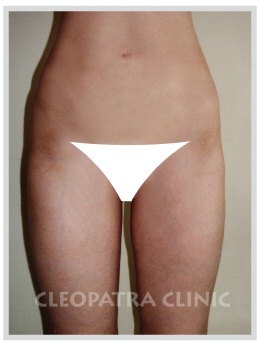
liposuction of the external thighs and abdomen
3 months after the procedure
before the procedure
after the procedure
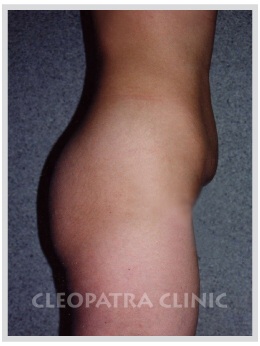
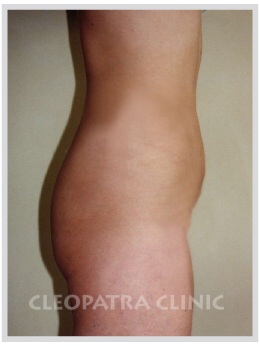
liposuction of the external thighs and abdomen
3 months after the procedure
Liposuction - a stomach correction abdomen
before the procedure
after the procedure
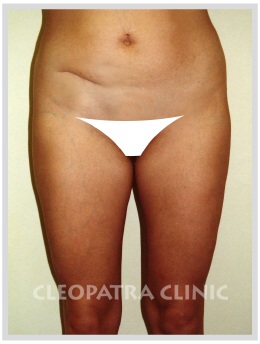
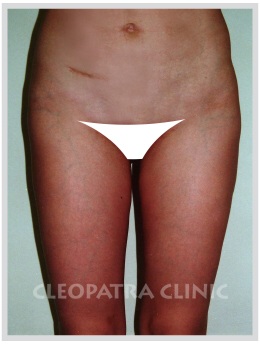
liposuction of abdomen with correction of the scar after the gut
3 months after the procedure
before the procedure
after the procedure
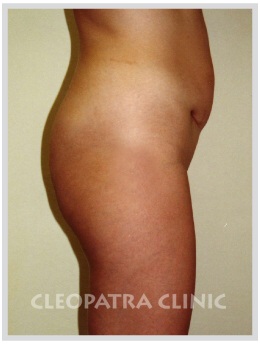
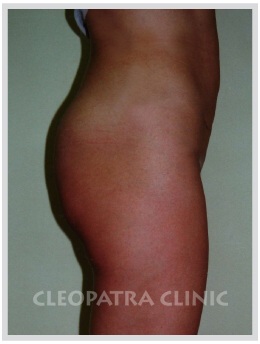
liposuction of abdomen with correction of the scar after the gut
3 months after the procedure
Knee Liposuction - Inside
before the procedure
after the procedure
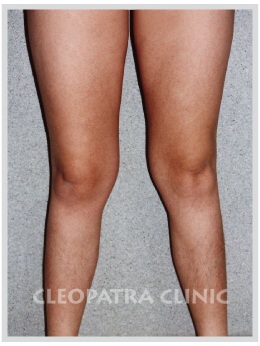
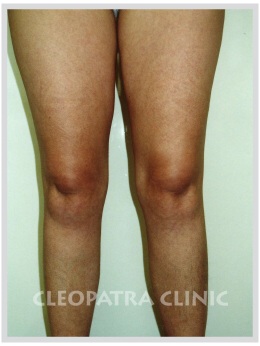
knee liposuction
3 months after the procedure
before the procedure
after the procedure
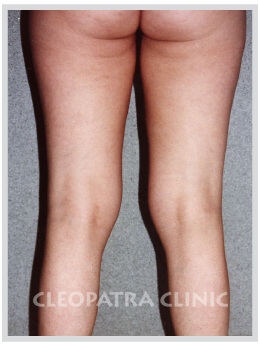
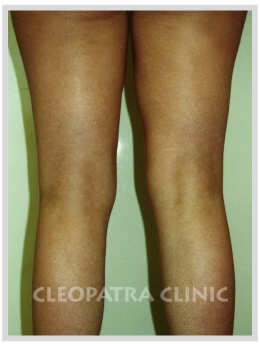
knee liposuction
3 months after the procedure
Liposuction of thighs - external and internal, knees - inner side
before the procedure
after the procedure
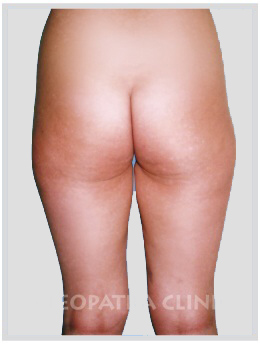
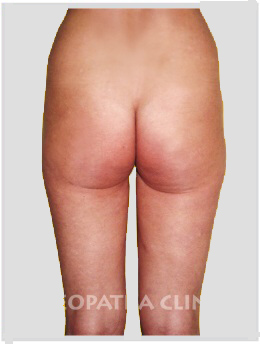
liposuction of the hips, outer, inner thighs and knees
3 months after the procedure
Liposuction - hips - waist and kidneys, thighs - external and internal, knees - inside
before the procedure
after the procedure
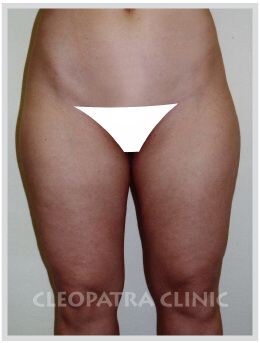

liposuction of the hips, outer, inner thighs and knees
3 months after the procedure
before the procedure
after the procedure


liposuction of the hips, outer, inner thighs and knees
3 months after the procedure
Chin liposuction - fat extraction
before the procedure
after the procedure
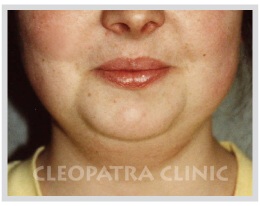

liposuction of the chin
before the procedure
after the procedure
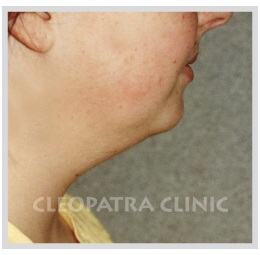
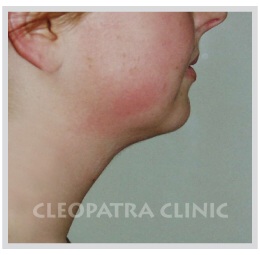
liposuction of the chin
Chin liposuction - fat extraction
before the procedure
after the procedure
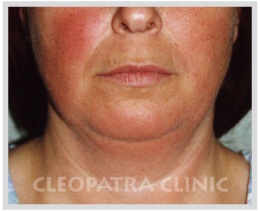
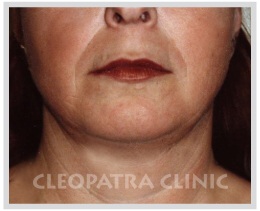
liposuction of the chin
before the procedure
after the procedure
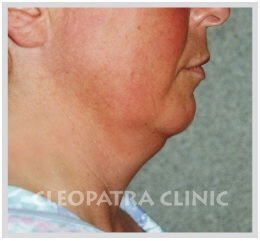
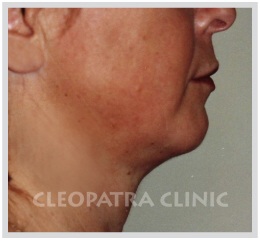
liposuction of the chin
Liposuction of external and internal thighs
before the procedure
after the procedure
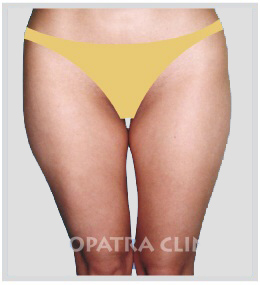
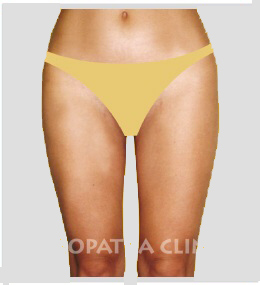
liposuction of the outer and inner thighs
3 months after the procedure
before the procedure
after the procedure

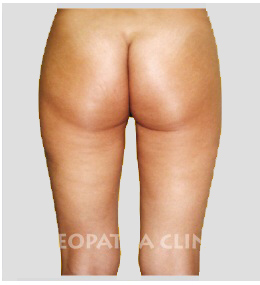
liposuction of the outer and inner thighs
3 months after the procedure
Liposuction of thigh - external and internal
before the procedure
after the procedure
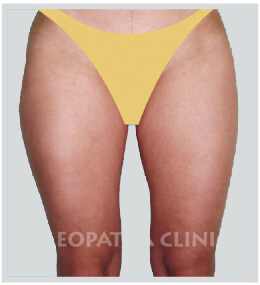
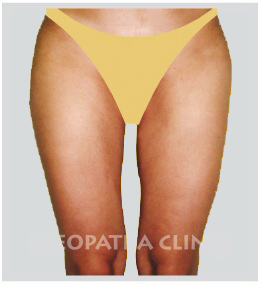
liposuction of the outer and inner thighs
3 months after the procedure
before the procedure
after the procedure

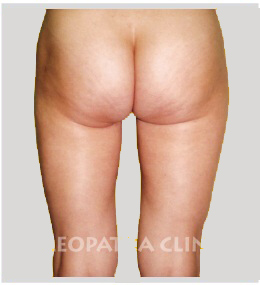
liposuction of the outer and inner thighs
3 months after the procedure
Liposuction of thigh - external and internal
before the procedure
after the procedure
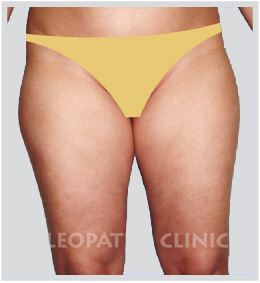
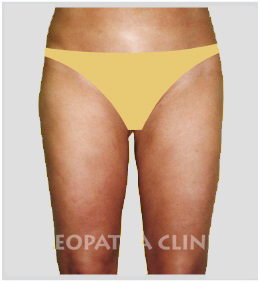
liposuction of the outer and inner thighs
3 months after the procedure
before the procedure
after the procedure
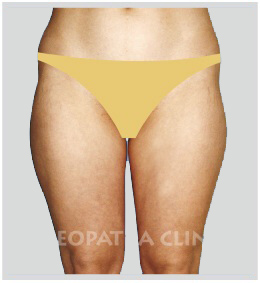
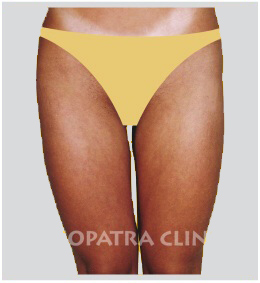
liposuction of the outer and inner thighs
3 months after the procedure
What is the liposuction history?
Although liposuction is a relatively new cosmetic surgery method, for readily-apparent reasons it has become one of the most popular cosmetic procedures. The first liposuction was performed by a gynaecologist Dr. G. Fischer in Rome in 1974. It was taken over to Paris by a well-known plastic surgeon Dr. Illouz who initiated this procedure in 1978 and gradually made popular. Since then the method has undergone a number of improvements. These leaps in improvement include finer-bore cannulas development, the introduction of tumescent liposuction, and new forms of liposuction instruments – utilising vibrations or ultrasound. However, you should realise that the prerequisite for a good liposuction outcome is the surgeon’s hands & experience. Only after that, the technique used and the kind of liposuction apparatus becomes important!
Am I a suitable candidate for liposuction?
Only a consultation with your plastic surgeon can determine this. The preoperative consultation pursues several goals. Your expectations, health state & appropriate physical examination will be ascertained, as well as making you familiar with the liposuction procedure. After a careful consideration we will be able to tell if you are an acceptable candidate or not, alternatively recommending a different way to enhance your figure. Sometimes Dr. Zakout & Dr. Lucák may suggest liposuction even in other areas that you originally did not request. This is not to make you spend more money but to respect the figure contour principles. Dr. Zakout and his colleagues will advise you on the basis of their own huge experience.
The quality of your skin is one of the factors that determine your suitability for liposuction. The skin is a dynamic organ. Skin has the ability to shrink & readapt to the new reshaped body contours following liposuction. However, in some cases the patient’s skin elasticity is diminished, showing loose, hanging or crepe-paper-like skin in the afflicted areas. In such cases, liposuction cannot guarantee the desirable outcomes. So, instead of classic liposuction you may be recommended to undergo surgical removal of thus-afflicted excess skin. Or alternatively you’ll be offered this form of skin reduction in combination with liposuction.
The best candidates for liposuction are young & healthy patients between the ages of 18 and 45 and of average or near average weight (a 12-15% tolerance of the ideal weight) with proper muscle & skin tone, and good skin elasticity. Nevertheless don’t give up if you do not fit into this description! This technique can be applied to the majority of people, and age by itself is not the most important consideration. Therefore even younger & older people can benefit from a liposuction procedure, as witnessed by a fair number of patients well over the age of 45 operated in our facility with good results.
If you have decided you’d like this procedure and you are a smoker, you will be advised to stop or at least significantly reduce smoking for about three to five days prior to surgery. Smoking seriously constricts blood vessels, and therefore reduces the blood flow to an area of the body causing less-than-optimal healing. Similarly, you will be warned against taking particular medicine for a certain time before surgery (e.g. Acylpyrin, Superpyrin, Anavenol, some anti-inflammatory medicines & other medications), since they may increase bleeding during & after surgery.
It should be also emphasised that liposuction itself will not remove dimpled skin, commonly known as cellulite.
What is tumescent liposuction?
The most significant advancement in liposuction in relatively recent years has been the development of the ‘tumescent’ technique by Dr. Klein in the USA. This liposuction method involves the injection of a relatively large volume of a saline solution containing diluted local anaesthesia & adrenaline, that will slightly overfill the area to be treated. Firstly, it contributes to the loosening of bonds between fat cells. Thus, it allows for easier fat-aspirate removal & less damage to tissues. Secondly, it decreases postoperative soreness & bleeding, partly because of the contraction of blood vessels (vasoconstriction) as a result of the adrenaline. The result is the possibility of removing larger quantities of fat more safely. Some facilities utilise this tumescent technique by adding more anaesthesia and thus making the areas numb, while allowing the procedure to be performed without general anaesthesia (the patient does not sleep).
Cleopatra Clinic subscribes to a combined technique to the patients, which means general anaesthesia & locally applied tumescent technique – the greatest possible comfort within a liposuction procedure.
What is Ultrasonic assisted liposuction?
Quite recently, newer liposuction instruments have been introduced. One of the latest is the ultrasonic liposuction device. The technique is quite similar to the previously mentioned tumescent technique, just the cannulas are thinner and it is not the mechanical movement that explodes the fat cells, but ultrasound. Ultrasonic means a high frequency sound, which then provokes fat release. The advantage is reduced bleeding and thus the possibility of removing a greater amount of fat than with a classic liposuction device.
Unfortunately ultrasound, as a result of the high frequency produced by the apparatus (20000 Hz), may cause the cannulas used to overheat, which is currently the major source of complication with UAL (Ultrasonic-assisted liposuction) as a number of patients with localised burns, were recorded. A badly controlled break-up of fat cells might give rise to a fever & possible irregularities.
Furthermore, surgeons frequently report an increased formation-and-escape of a clear liquid from the incision sites – the sera. There have also been a number of patients who ended up with perforated kidneys or gallbladder resulting from inexperienced handling of ultrasonic cannulas. In September 2001 Dr. Lucák attended a European congress where Italian plastic surgeons reported colleagues’ withdrawal from this ultrasonic assisted liposuction for the extensive reasons cited.
Despite what has been mentioned, ultrasonic assisted liposuction is one of your options at clinics other than Cleopatra Clinic. And when it’s performed by a highly qualified surgeon and with minor complications, you can take advantage of removing a slightly larger amount of fat.
Nevertheless, you should realise that with respect to a clinic’s instrument purchase cost, the price for ultrasonic liposuction is much higher!
With regard to the possible complications, Cleopatra Clinic does not offer this form of liposuction to our patients. We prefer verified & safe methods that can guarantee minimal risk & complications. Only time will tell if the ultrasonic technique has been right & safe by comparing the number of good outcomes with the ultimate number of complications.
What is vibration liposuction?
This is another way to carry out a liposuction procedure. We mention it only for your interest & to make sure you are fully informed about all methods of liposuction. This technique has been developed since around 2008 and is called vibration liposuction. To make the liposuction cannulas vibrate at a high rate, this technology uses an electric powered handle.
The cannulas used for fat removal in this technique are conventional. The distinction lies in the electric powered handle, which enables the cannulas to be mechanically and not manually driven. The result is cannulas vibrating with a frequency of about 100x a second (which is much lower frequency & heat radiation than with the ultrasonic device) and thus gets through the fatty tissues much more easily, disintegrating & dissolving the fat.
Vibration liposuction can be greatly beneficial for male patients whose fat layer is more firm and fibrous and is generally marginally more difficult to remove.
Although this technique sounds very promising, and so far has brought safe results according to information available to us, only time will tell whether it will become an accepted & established liposuction technique.
At this moment, there are no reports on vibration liposuction being tested or even used in any facility performing liposuction in the Czech Republic.
How is classic liposuction performed?
This is a description of the classic liposuction using general anaesthesia, combined with locally administered tumescent liquid-solution.
The patient is put into a deep sleep. Then he/she is positioned so that the area for liposuction is accessible. After disinfection, the tumescent solution is injected into the areas to be treated. This solution releases fat, reduces bleeding & slightly lessens soreness. Then a number of tiny incisions are made (3-5 mm in length), through which the cannulas are inserted into the body fat. These incisions are made in as inconspicuous places as possible. The cannulas, moving backward & forward, cause the surface of fat cells to break, the fat is loosened & sucked out with the aid of mechanical sucking-power.
Because the fat is sucked out through another layer of fat, the skin & collagen remains closely connected to the underlying muscles by multiple filaments called fibrous septa. These can be imagined as the body’s “Velcro”. This process & filaments guarantee that the skin will not hang loosely after the operation. The fat is removed in such a way that does as little damage to the under skin wound as possible. The septa contain blood vessels, nerves & lymph vessels. To reach good results without any damage demands a very good knowledge of the anatomy, a sculptural sense of body proportions and of course, surgical skills.
During surgery a thin layer of underlying fat is always consciously left, in order to minimise the possible irregularities or skin rippling, and to minimise the healing-period ‘parasthesia’ numbness.
Since the fat removal procedure will take a certain amount of fluids from your body, it is common for the anaesthetist to replace lost fluids by giving you intravenous fluids.
What type of anaesthetic is used?
Liposuction can be performed under local anaesthesia alone, or local anaesthesia with mild sedation, or under general anaesthesia (narcosis). If you decide for local anaesthesia, you will probably feel some vibrations & friction. You might also feel a sting as the cannula moves closer to the muscle. Naturally, if you choose narcosis, you will not sense anything unpleasant or painful. That is why Cleopatra Clinic performs liposuction solely under general anaesthesia, which offers patients greater comfort, and does not hinder the surgeon’s undistracted, acute concentration.
How long does liposuction take?
It depends on the number of areas treated & the amount of fat to be removed. Therefore surgery can take from 30 minutes to 3 hours.
Is it necessary to stay in overnight?
Since we perform liposuction under general anaesthesia, the patient is hospitalised in our clinic under medical supervision for one day following surgery.
How much fat can be removed?
It is important to understand that there is a maximum safe amount of fat that can be removed during one operation. This is generally between 2.5 – 3 litres. It is true that some facilities remove even much larger amount of fat. But, in these other clinics’ cases there is a higher risk of developing complications & as a support, infusion and sometimes even blood solutions are absolutely necessary. However, Dr. Zakout’s clinic will never take such a risk. In the event of too much excess fat we recommend a safer procedure – to have the remaining fat removed in another, additional surgery. The interval between the two operations is from 1 to 3 months.
Will I lose weight after liposuction?
The answer is: not very significantly. In fact in the first weeks following surgery you may even notice a slight increase in your weight & girth measurements due to water retention. The reason why you will not lose much weight is that the amount of removed fat up to 5 litres (which is a safe limit) is not sufficient to make a significant difference in your weight. It is partly due to the negligible weight of fat cells. But as for the result itself, do not worry, it will be noticeable enough because the fat has been removed from the visually most critical parts of the body! (around the waist, buttocks, thighs etc.)
It means that liposuction is not a way to lose very significant weight, but it significantly slims & reshapes your body contour!
How much pain is involved with liposuction?
There are very few surgical interventions that are totally or nearly painless. Discomfort is a euphemism for pain, and some doctors use these terms interchangeably. In the case of liposuction, the pain experienced by patients varies. But pain can be relieved by painkillers you will be given after surgery both during your hospitalisation and for the first days using at home. The initial pain of average intensity lasts approximately three days, then gradually abates. After one or two weeks at the most you can go back to ordinary work. There may be, however, residual soreness (and numbness, alternating) in the treated areas – mainly on touch and pressure – for 4-5 weeks. Along with soreness you may also feel some stiffness that usually subsides as soon as your mobility increases.
What could go wrong?
All surgery carries some uncertainty & risk. When liposuction is performed by a qualified plastic surgeon, complications are rare & usually minor. Still, individuals differ in their anatomy, physical reactions & healing abilities. So, the result is never fully predictable.
The possible complications include thickened, deeply coloured & unseemly scars in the small incisions sites, contour irregularities or tiny lumps in the treated areas, irregularity or asymmetry between sides; temporary swelling & numbness, haematoma and serum occurrence, & infection. In exceptionally rare cases, unprofessionally performed liposuction has led to permanent scarring. Serious complications caused by liposuction cannulas in terms of deep organ injuries in the treated areas cannot be excluded, but when following the right procedure & with normal anatomical proportions, their occurrence is negligible.
In spite of every effort, a secondary revision procedure in a small portion of patients is also possible. This is required usually after 3 to 6 months at the earliest in order to correct any remaining unevenness or shape irregularities. The necessity will be determined at the follow-up visits.
Careful following of Dr. Zakout’s & Dr. Lucák’s advice before & after the operation is likely to reduce the risks.
What is the recovery period?
The recovery time varies according to how many areas have been treated and the kind of activity the patient wants to take up. It is important to realise that even though only small incisions are made, liposuction produces large wound areas hidden under the skin, and since healing is a gradual process, reasonable rest after surgery is necessary. Still, it is advisable to begin walking as soon as possible in order to improve the blood circulation & prevent poor circulation of blood, which could contribute to the creation of blood clots in your legs. You are also advised to resume gentle activities after 2-3 days; many patients usually return to work in 7 days, depending on the kind of work. However, because of variances in possible soreness, extent of swelling & bruising, and mainly work strain, sometimes this period may take up to 7-12 days (two work weeks). Full exercise & more strenuous activities are normally recommended within six to eight weeks after surgery. Don’t feel depressed if it takes you slightly longer to resume your activities. Always keep in mind that we are all individuals, and great differences occur.
Can liposuction actually be good for me, health-wise & medically?
Yes, there is evidence that liposuction can definitely benefit many people, in a medical sense. Dr. Eva Orsmond is a Finnish doctor who runs her own dieting clinics, and is world an authority on nutrition & physiology. She asserts that excess fat in the abdominal area acts like another organ in the body. In this way, such fat is a repository of excess appetite-imbalance hormones & substances like triglycerides & harmful leukocytes. Additionally, traces of gut-hormones such as PYY & Ghrelin are found in excess fat, the presence/imbalance of which can make people over-eat by 30%, and are a pre-cursor to type-2 diabetes. Therefore, surgical removal of the corpus of such an ‘organ’ can ‘re-set’ appetite, so that the person eats less. In three separate studies in the USA, of 360 - 500 people who received liposuction during 2011/2012/2013/2014, there was a marked decrease in the harmful leukocytes & triglycerides (and some lipo-proteins) present in their blood, measured after a period of months had elapsed since their operation. Also, Dr. Patrick Mallucci, one of Europe’s elite plastic surgeons who practices in the UK, was quoted in the Daily Mail in 2014, validating the medical benefits of liposuction, in the context of the aforementioned reasons.
If I have flown, or travelled overland, to Ostrava to have this treatment, how soon can I travel back to my home country, and what does it mean for follow up visits?
For this procedure, you will be required to arrive at Cleopatra Clinic in Ostrava, at least ……(hours/days), before your operation, so that you can be prepared in the clinic. You (will/will not be) be required to stay over-night, on the night before your surgery, at the clinic. Immediately after your surgery, you will stay recuperating at Cleopatra Clinic for …....(hours/days). After completing this short Clinic-stay period, you must stay in your (hotel/apartment above Clinic) in Ostrava area for at least…..(hours/days), to comply with post-op check-up & bandage changes. After this period, you are fit to fly or travel overland, back to your home country. Your Cleopatra Clinic surgeon will advise you, at consultation, or during your initial phone call/email to us, about the possibilities of you arranging with a doctor in your home-country to perform final bandage-change/stitches-removal, where relevant. (Also, please do pay attention to your Cleopatra Clinic surgeon’s advice regarding necessary medical preparation documents you’ll need, before you travel to Ostrava, such as EEG, blood-tests, and chest x-ray, where applicable, for this type of operation.)
Can I travel to Ostrava as part of a holiday, and incorporate my first consultation at Cleopatra Clinic, into that holiday?
Of course you can! We have had several satisfied clients already, who dropped by our clinic to register their interest & intent to have an elective operation with us, and who’d actually been on vacation in the West Poland/East Czech Republic area. They had heard that Czechoslovakia is actually the birthplace of many historical advances in plastic surgery; and whose surgeons continue to teach and make advances in this area of medicine, finding new techniques which are then adopted & emulated by other surgeons all over the world.
Our services
Write us
We will call you in the shortest possible time (within 1 hour).


